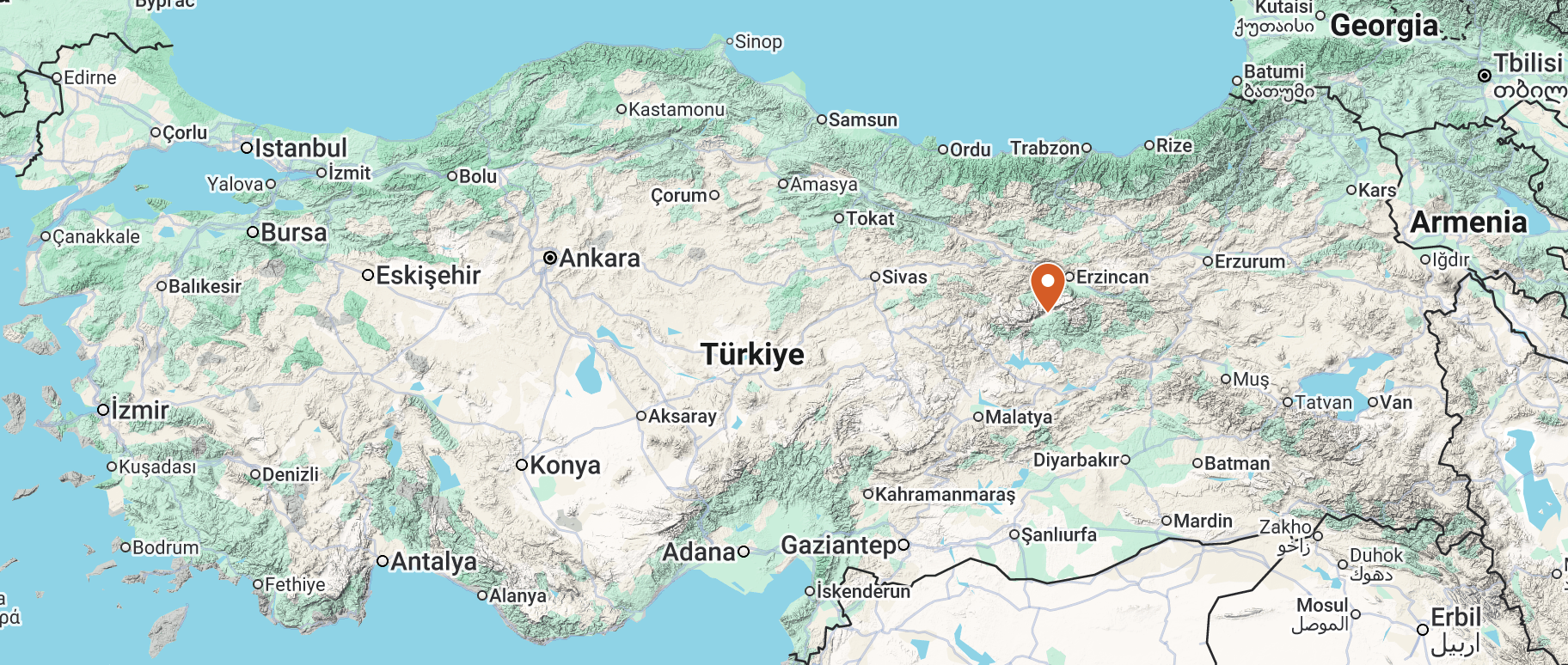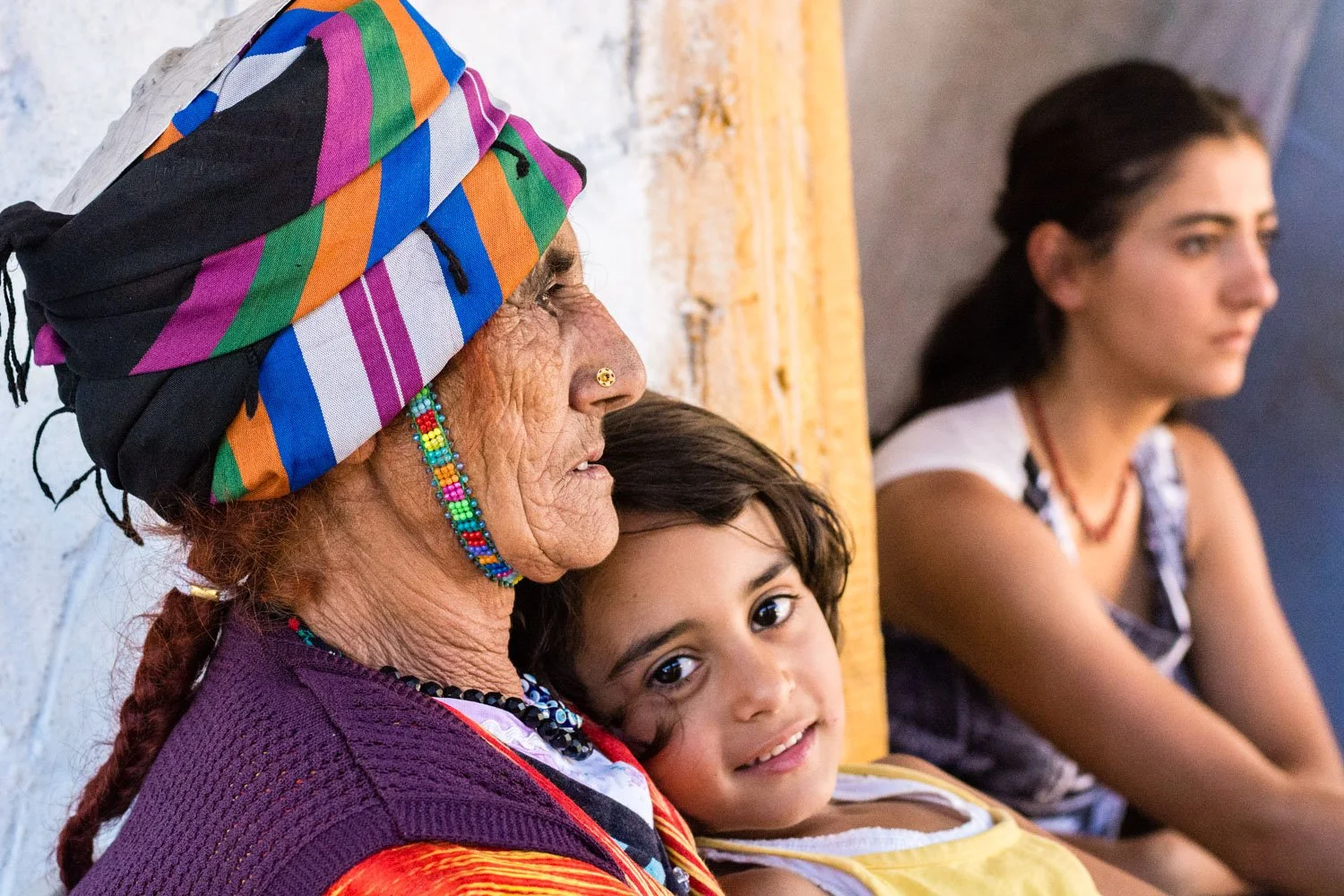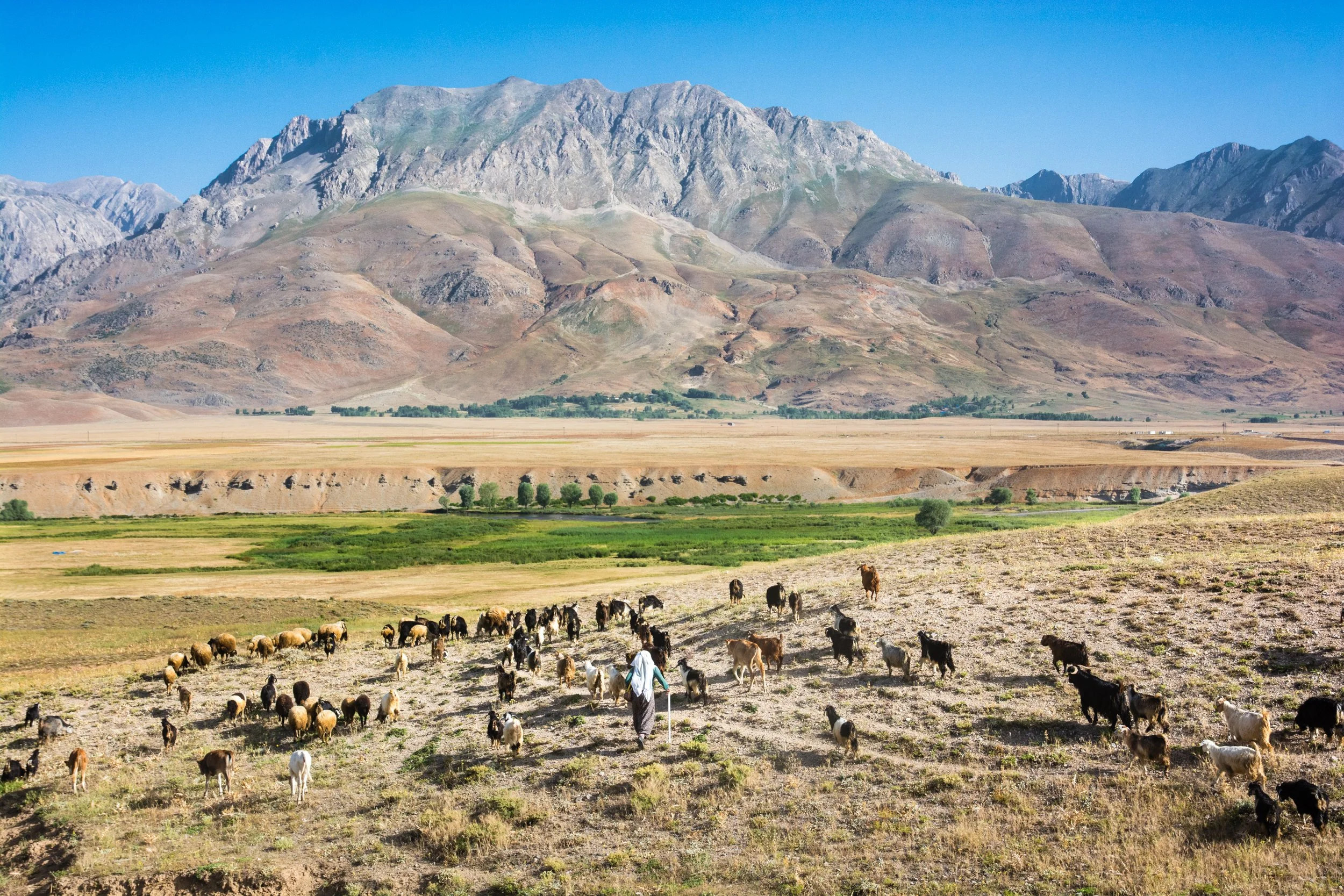
Written by Michael Benanav and Benjamin Raßbach
Photographs by Michael Benanav
Video by Cat Cannon
Introduction
Long ago, as legend has it, there lived a poor shepherd named Munzur who tended the flocks of a wealthy tribal chief, or agha. One day, Munzur went to the agha’s wife to tell her that her husband was hungry and wanted something sweet to eat. If she would be so kind as to make a batch of helva, Munzur said, he would carry it to his master.
The woman was puzzled. You see, she and the shepherd were in eastern Turkey, in the mountainous region of Dersim – where this story is told – and her husband happened to be on pilgrimage to Mecca. Since this was long before the invention of mobile phones – or even land lines – there was no way that Munzur could have known what the agha might have wanted, and delivering it would have been equally impossible.
“Perhaps he wants the sweets for himself,” the agha’s wife thought, so she made the helva anyway and gave it to the shepherd. In an instant, Munzur was in Mecca, standing before his master. Stunned at the sight of his sheep herder, the agha asked, “What are you doing here? And how did you get here?”
Munzur handed the platter he was holding to the agha and said, “You wanted helva, didn’t you? Here you go. Your wife just made it.” The agha was struck speechless. Before he regained mastery of his tongue, Munzur was gone. It was too preposterous to be true, but as soon as the agha took a bite of the helva, he knew he hadn’t been dreaming, for he instantly recognized the distinctive taste of his wife’s cooking.
When the agha returned home, many people came to greet him, hoping to kiss the hand of the man who had been to Mecca. Munzur went too, carrying a pail of milk he had just collected. Upon seeing Munzur approach, the agha pointed at him and declared, “This is the man whose hand must be kissed!”
Munzur was shy by nature, and as the crowd of people, led by the agha, came toward him, he fled into the mountains. As he ran, milk sloshed out of his pail, and where it splattered tothe ground, water began flowing out of the earth.

Thus the shepherd became known as a saint, and the milk he spilled became the sacred river that bears his name, which still flows today.
“We know it didn’t really happen like that, scientifically speaking, but that doesn’t make the river any less important to us,” says Hayri Dede, a respected leader of the Alevi religion – a mystical faith with strong shamanistic and Zoroastrian roots, a complicated relationship to Islam, and an intimate and sacred connection to the natural world.
Alevis emphasize inner spirituality over outward displays of devotion; tolerance for people of all races and religions is preached and practiced; and music and dance are essential features of their ceremonies. With holy sites scattered all around Munzur, the valley is the spiritual heartland of the Alevi people, says Hayri Dede. And he desperately hopes it remains so.
“If the dams are built,” he says ruefully, “it will all be under water.”
Hasan Hayri Sanlı - better known as Hayri Dede - plays a bağlama, an instrument often used in Alevi ceremonies. A 'dede' - also called a 'pir' - is an Alevi religious leader
From the foot of the Munzur Mountains, the Munzur River wends its way across a grassy basin, framed to the north by a skyscraping, dog-toothed massif and to the south by a labyrinth of burly hills. At the eastern end of the basin, the river funnels into a canyon, its clear, cold waters pumping through a rocky corridor cut here and there by smaller tributaries. About 60 miles later, after passing the provincial capital, Tunceli, and the Uzunçayır Dam, the Munzur meanders into a massive reservoir on the Euphrates River system.
Location of Munzur Valley - Click to explore on Google Maps
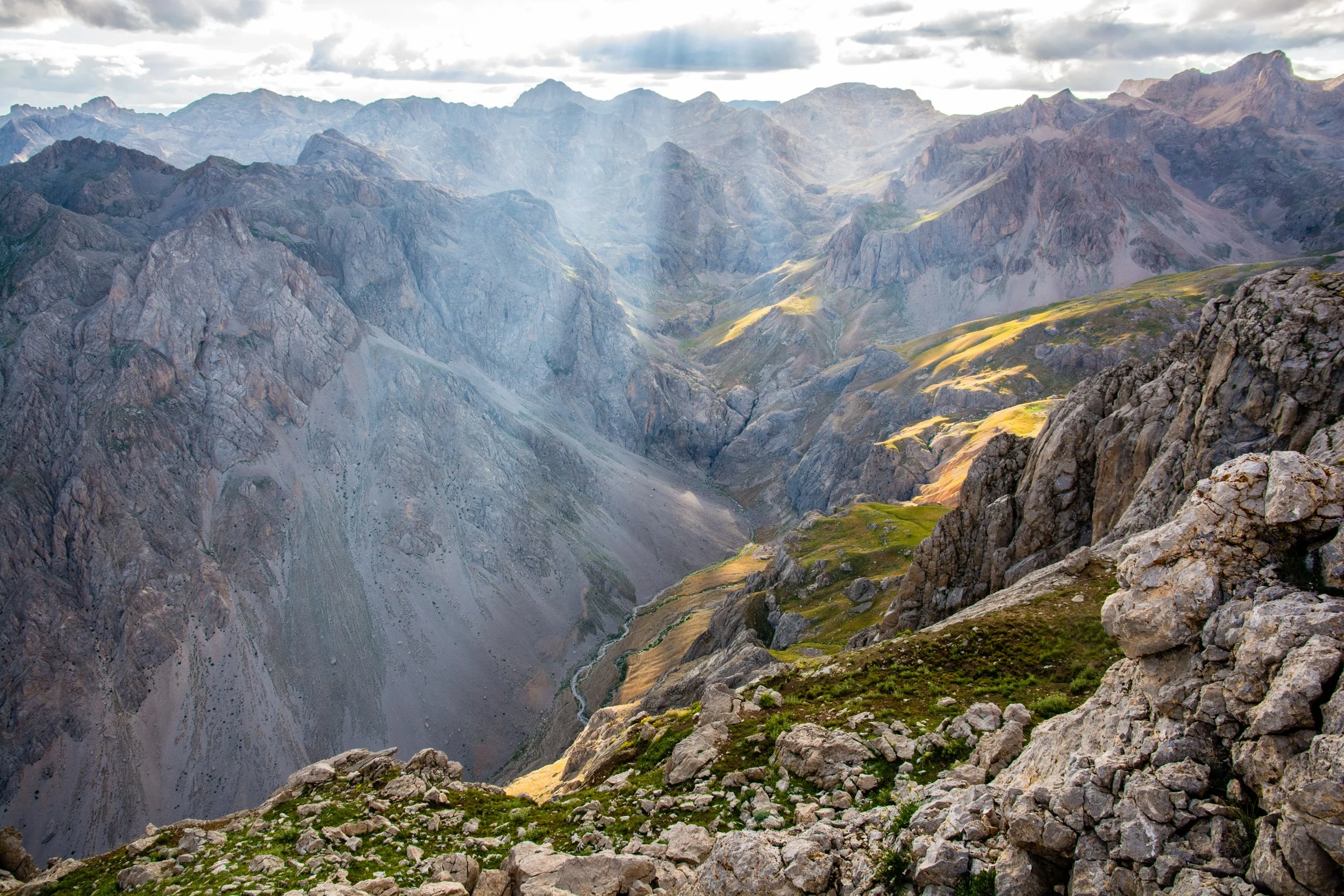
The upper half of the Munzur Valley, north of Tunceli, is among the most scenic and biodiverse landscapes in all of Turkey. Munzur Valley National Park, created there in 1971, is one of the country’s largest nature reserves, boasting over 3000 plant species, approximately 100 of which are endemic to the area. Endangered animals also call it home, including rare types of bear, wild cats, wolves, and ibex.
Mother and son in Çakmaklı Köyū village, in the upper Munzur Valley.
The people who live in the Munzur Valley are also something of a rare breed: ethnic Kurds in a majority-Turkish country, and Alevis surrounded by a majority Sunni Muslim population. Since even most Kurds are Sunni, the Alevi Kurds (or Kurdish Alevis) are something of a super-minority – except in the region of Dersim, where they make up over 90% of the population.
Hasan Eroğlu makes tea on the porch of his home in Şorşvenk village.
In the Munzur Valley, people live in rural villages scattered along the river and among the hills, as well as in several larger towns, including Tunceli (population 30,000) and Ovacik, which sits in the upper basin, beneath the soaring Munzur Mountains, and has a population of about 3000. The local language is Zaza, which is related to the Kurmancî that most Kurds speak, but experts disagree as to whether or not Zaza can truly be considered a Kurdish dialect.
Outside a house in Kedek village. People of the older generations speak mainly Zaza, while younger people tend to be more fluent in Turkish.
Thanks to the rugged topography and geographical isolation of the valley, its people have been able to retain a deep sense of their unique cultural and religious identity. Though Munzur has experienced two devastating tragedies over the past eighty years, each of which definitively altered the way of life in the valley, it (and the area around it) is still considered to be the last great stronghold of Kurdish Alevi beliefs and traditions. It feels like an almost magical land, where the awe-inspiring terrain and unique culture are inseparable from each other – as though the place would be less beautiful without the people who live in it, while the culture would surely lose its vitality apart from the landscape in which it thrives.
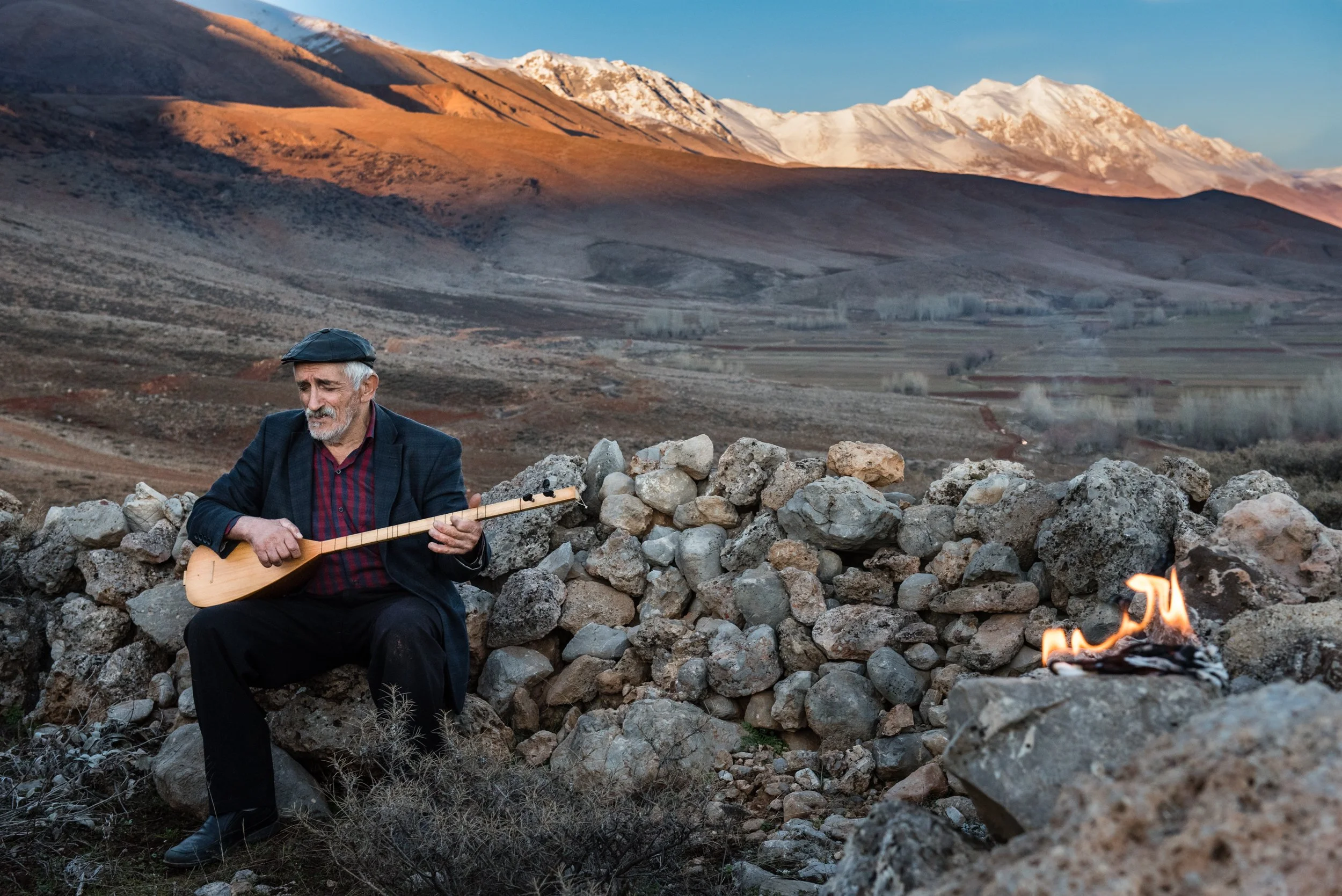
Since the 1980’s, however, the Alevis of Munzur have been living under the imminent threat of losing their homeland, as a network of 8 to 10 dams has been planned along the length of the river, including within the national park. Two of the dams have been completed, in 2003 and 2009, but thanks to legal rulings in 2010 and 2014, the rest have been blocked by Turkish courts. If the plans for those dams are resurrected and ultimately implemented, as some observers believe is likely, rare ecosystems will be flooded and Alevi sacred sites will be submerged. Many people who live in the Munzur Valley will be forced to relocate, their villages drowned beneath rising reservoirs or rendered inaccessible behind their waters.
Of course if the dams aren’t built, Munzur will still change – particularly since many young men and women now choose to pursue academic and career opportunities outside the valley, rather than staying and continuing to practice the rural, typically pastoralist, lifestyle of their parents and grandparents. But at least some recognizable version of life there will continue, and those who do leave will know they can always go home.
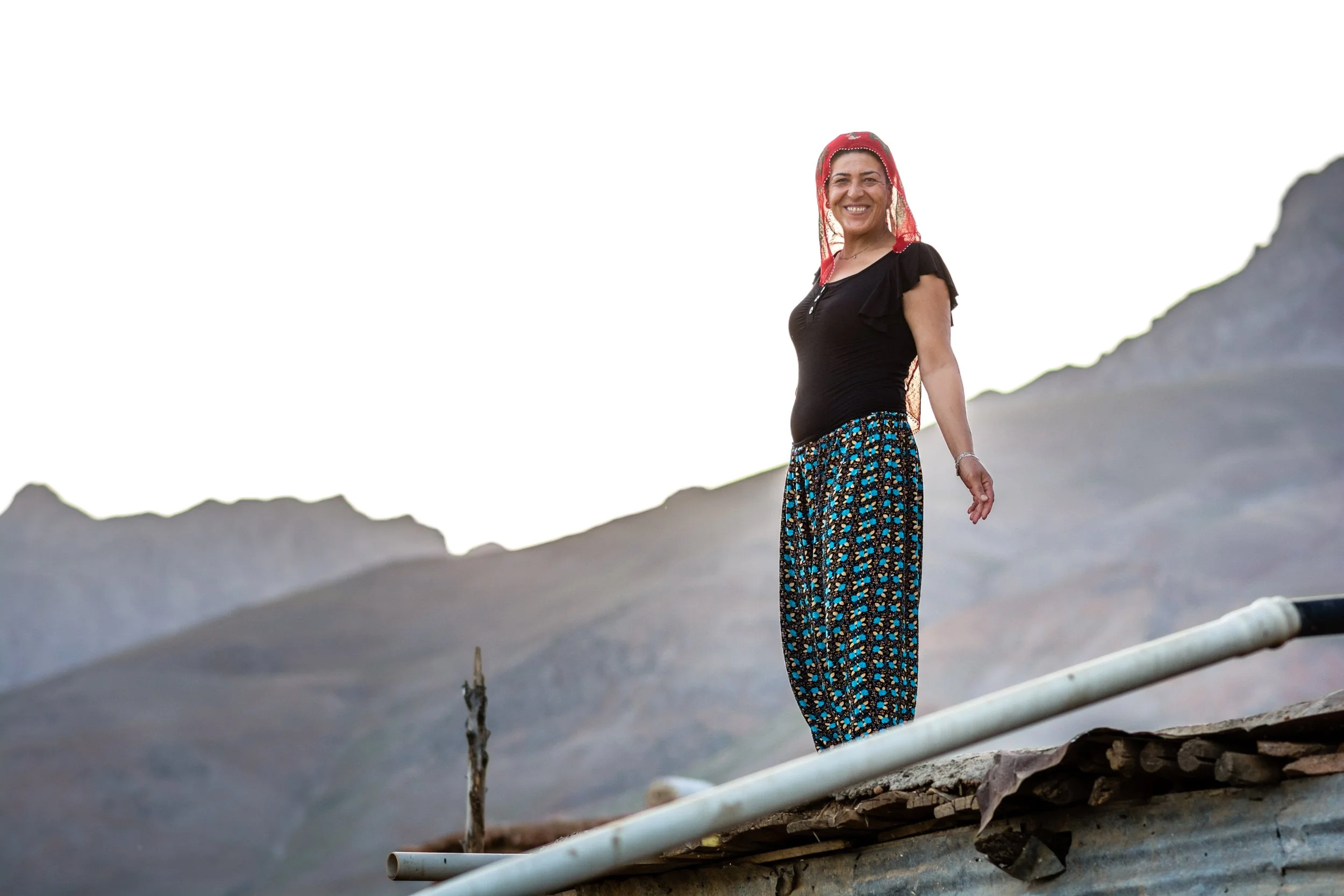
Continue to next section: Pastoralism in Munzur
